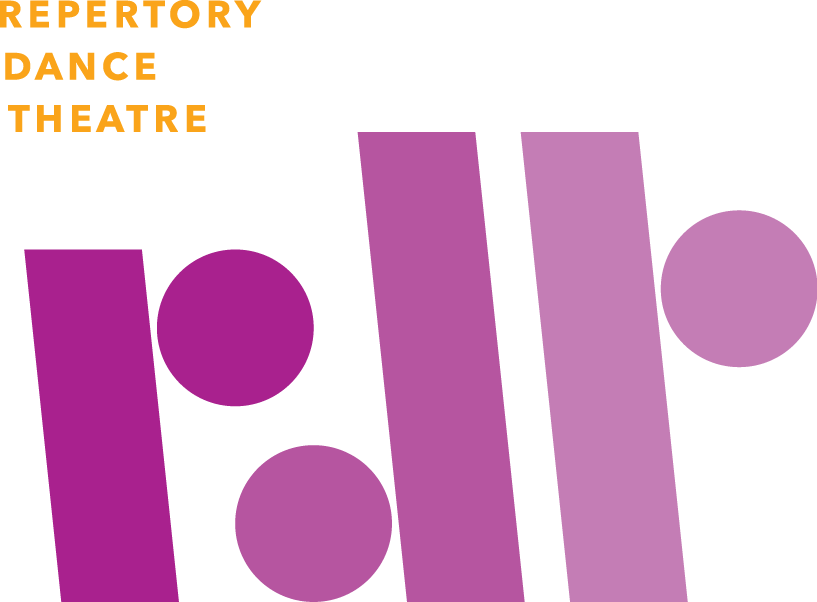-
In this lesson, students enact through dance their interpretation of individual words spoken out loud. Learning Objectives/Goals Isolating different body parts, experience different energies in Movement, develop ability to...
-
Students will take inspiration from the choreographer Charles Moulton and his community based ball passing choreography. Students will learn basic ball passing movements and rhythms and create their own way of ball passing...
-
This creative movement lesson using syllables is a great ice breaker for the beginning of the year or semester, a time when students are getting to know one another and the teacher is getting to know students’ names as...
-
Students will explore the different steps and movements that make up common social dance line dances. They will then take some of these ideas and create their own unique line dance by manipulating these movements and using...
-
In this lesson designed for elementary grades 4-6, students explore dance elements by learning about math fractions. Learning Objectives/Goals Dance Elements Time and Space, Using fractions in rhythm, Using fractions in...
-
Fractions, Rhythm and Movement
Students will use rhythm to explore different fractions with movement and within the space. Learning Objectives/Goals The understanding of a whole note, half note, quarter note and eighth note as they relate to movement,...
-
Students will explore energy qualities and relationships within a group using inspiration from organisms in the Great Salt Lake food chain. Learning Objectives/Goals Create a model using movement to show the movement of...
-
This Lesson Plan came from the work the company did with choreographer Kaley Pruitt on a work called HOLD. It is based on the idea of abstracting different words and their meaning into movement. The dancers went through...
-
In this lesson explore the structure of an essay through movement. Students will develop their own movement theme, create introduction and conclusion paragraphs, as well as form the body of their essay. This lesson...
-
Over, Under, Around and Through - Prepositions and Geometry in Movement
In this lesson designed for elementary grades 4-6, students explore shapes and positive and negative space through movement. Learning Objectives/Goals Use of Prepositions and movement (over, under, around, through, in,...
-
In this lesson, students will use the choreographic elements of direction (forward, sideways, backwards), levels (low, medium, high), speed (slow, medium, fast) and actions (verbs) to create a dance. Learning...
-
Rhythm study with Straight, Curved and Angle Lines
In this lesson plan, students will explore rhythm, using shape and 3 types of lines (straight, curved and angles). Students will work together in groups and use their counting skills while moving. Learning Objectives/Goals...
-
States of Matter and Dance (part 1)(2025)
This creative movement lesson designed for 6th grade explores the three states of matter through shapes, movement, and spatial pathways. Learning Objectives/Goals Explore the three states of matter through shapes, movement...

